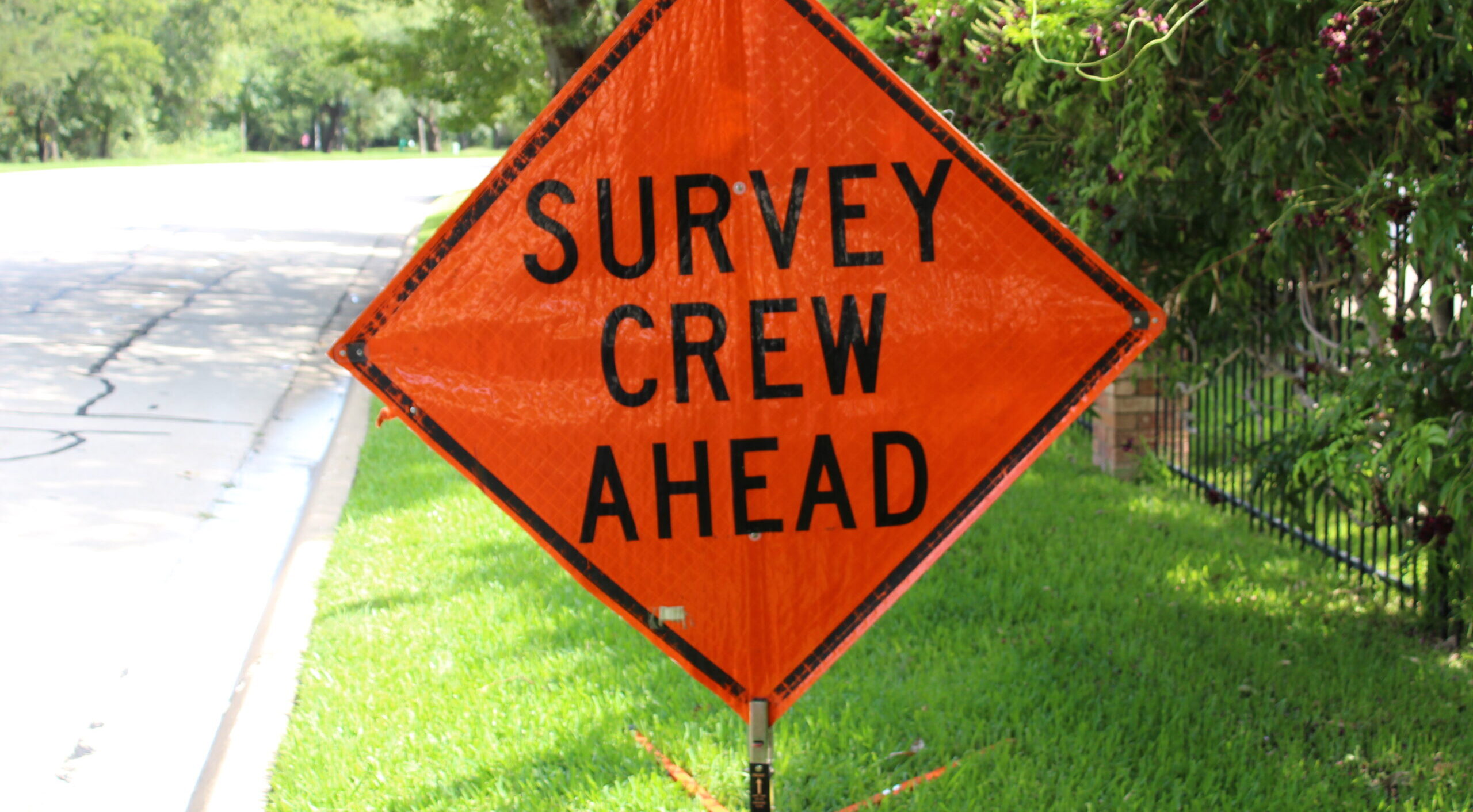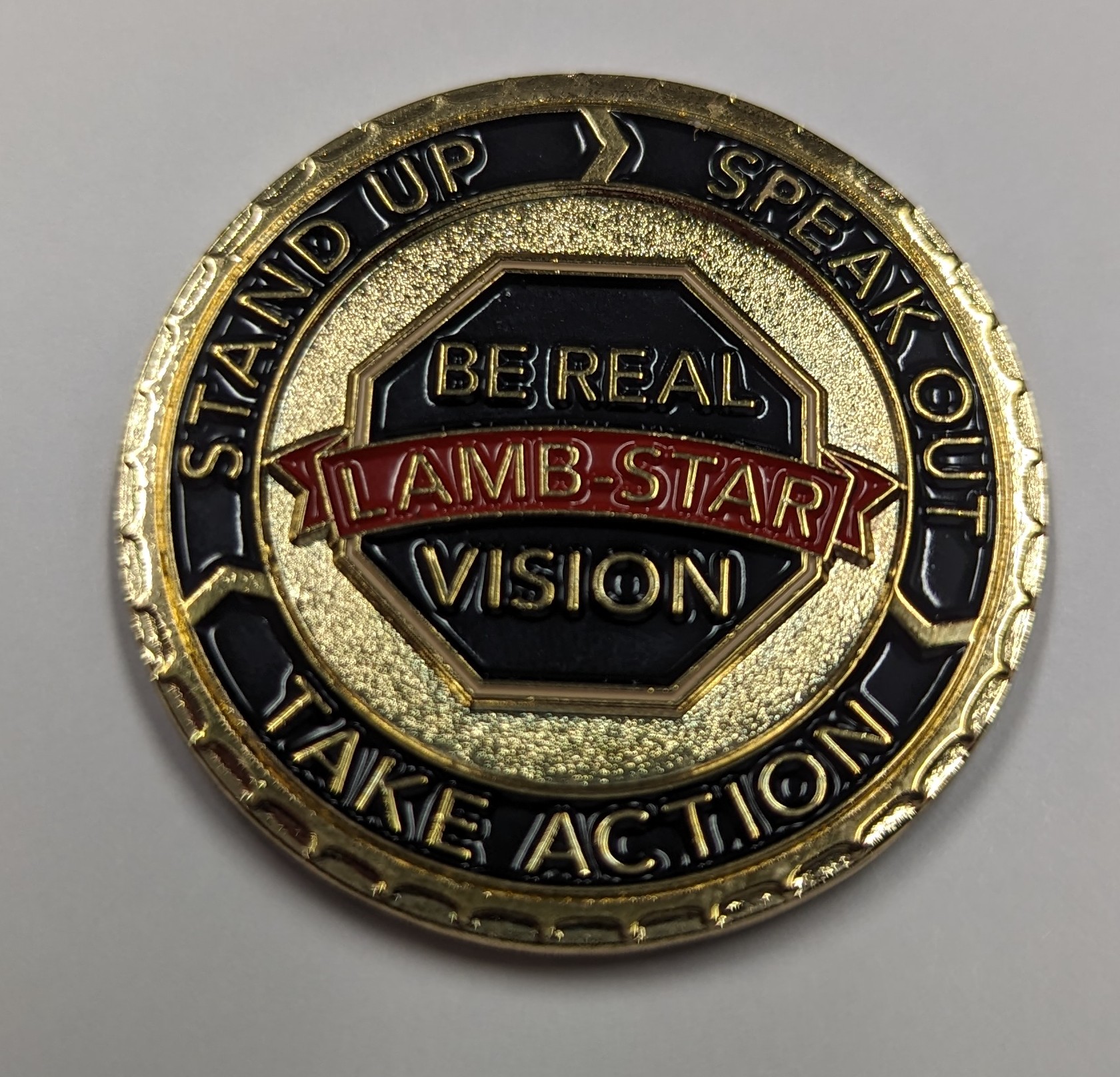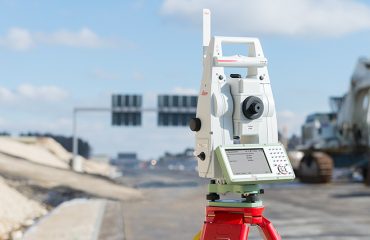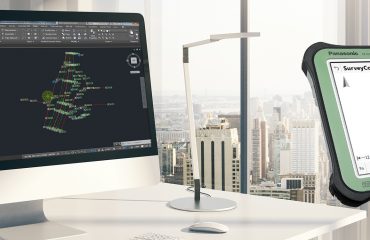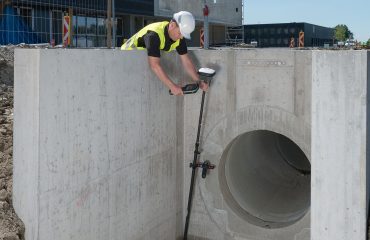Keeping your people safe on the job requires creating a safety culture. Here’s how Lamb-Star Engineering puts safety-first into practice.
Advanced technology such as laser scanning, mobile mapping and drones have been a great efficiency boost for field data collection and have positively changed—sometimes, completely changed—the way surveyors work. What the enabling technology hasn’t completely changed, however, is the inherent safety risks in surveying.
The eclectic mix of projects, environments and requested deliverables takes surveyors to some of the most dangerous job sites in the world. Even a seemingly benign project site like a gentle creek can appear safe until you see the head of crocodile lurking just below the surface. There’s no technology for that.
So while safety-enhancing technology has been a boon for productivity and can offer the allure and efficiency of one-person surveying, the safety risks for any of those advantages still need to be weighed, says Robert Davis, RPLS, PLS and vice president of survey at Lamb-Star Engineering.
Safety has been a central crew member at Lamb-Star for nearly a decade. Driven by the idea that Lamb-Star’s best resource is their employees, the company has diligently worked on creating a safety culture that is as engrained and automatic as putting on a seatbelt.
“We embrace technology and always try to use it to our advantage for safety, productivity and quality,” Rob says. “But without our people, the technology doesn’t really matter. So at Lamb-Star, we will always turn to safety first. Our people can’t provide for their families if they are injured or killed on a project site.”
Here are three ways Lamb-Star has developed a successful safety philosophy.
1. Create a safety culture from the top down
Safety can sometimes be an afterthought when teams feel the pressure to complete work orders. If the message from the top is consistently “time is money,” and unsafe behaviors are modeled around that philosophy, it can be difficult for teams to put safety first when they’re up against project deadlines.
At Lamb-Star, being safe has been non-negotiable since their co-owner Eric Starnater initiated their LiveSafe program in 2015. A peer-reviewed program, it is designed to foster personal accountability by living safe on the job and extending that “be safe” mentality to the home.
Guided by the program, the firm has weekly safety meetings and mandatory safety training. They analyze and discuss job hazards on every project, and they embrace safety-enabling technologies. They also empower every employee with the authority and responsibility to pause work for safety reasons.
“LiveSafe is not a punitive program; it’s about creating a culture where everyone has personal accountability and holds each other accountable to safety,” says Rob. “So for those employees working in a team environment, they’re expected to look out for themselves and watch out for everyone around them. It isn’t hard to get staff on board with that philosophy when it’s championed and demonstrated by our co-owners.”
2. Empower employees to prioritize safety
Surveying is steeped in the unknown, which can make it difficult to plan for and mitigate safety concerns, particularly when crews are working outdoors along roadways, in natural environments and in subsurface spaces.
Recognizing the unforeseen risks in the job, Lamb-Star has made it clear that every employee, from the newest field recruit to the heads of the company, has the authority to stop work for any safety reason.
For example, one crew member informed Rob that he couldn’t survey in a drainage opening because it was full of water and he couldn’t swim. They weren’t prepared to put that employee at risk, so they paused the work and waited for the water to recede. Another time a surveyor texted Rob to report he couldn’t acquire cross sections to a creek. When Rob asked why, he sent a photo of a crocodile head in the creek. Work stopped until they could acquire a boat.
“I tell all my crews that their safety is not my responsibility,” says Rob. “They’re responsible for their own safety because they’re the ones onsite. It’s my responsibility to make sure they have the tools they need to be safe. When employees know you have their back, they’ll make smarter choices.”
Above: Lamb-Star uses safety coins as a physical reminder to be safe always.
3. Reward safe work
When teams are out of sight, you still want safety on their minds. So how can you incentivize crews to put safety at the same priority level as their high-quality work?
Lamb-Star injected a little friendly competition into its LiveSafe program through an initiative called the Coin Challenge. Each employee is given a coin about the size of a quarter that is stamped with LiveSafe on one side, and Stand Up, Speak Out, Take Action, on the other. Every person is encouraged to keep the coin on their person at all times as a physical, subtle reminder to “think safe and be safe.”
Every quarter, Rob and his senior project managers make surprise visits to field sites and “challenge” members to produce their coins. If they can show their coin, they’re rewarded with a gift card. Anyone who doesn’t have a coin is simply reminded of the value of what it represents. Other department groups have adopted different “consequences” for individuals not having the coin when “challenged”. Some have to buy lunch for the challenger, some have to buy a drink for them at the next appropriate time; extreme groups require buying lunch or a drink for the “group present at the time of the challenge” at the next appropriate time.
For Lamb-Star the “competition” is all about developing safety routines and putting that safety into practice.
“Being able to have a sense of control over your work environment is empowering for everyone,” says Rob. “And the coin represents that. It’s a physical reminder to be safe, always. Teams know they still have to get the work done, but if they see something that is risky, they can pause, take a step back and evaluate the situation to see if there’s a better, safer way to do it or there is tech we can utilize to get it done.”
To talk to one of our surveying technology experts, please contact us.
About the Author
 Mary Jo Wagner is a Vancouver-based freelance writer with 30 years experience in covering geospatial technology. She can be reached by phone at 604-221-4583 or e-mail at mj_wagner@shaw.ca.
Mary Jo Wagner is a Vancouver-based freelance writer with 30 years experience in covering geospatial technology. She can be reached by phone at 604-221-4583 or e-mail at mj_wagner@shaw.ca.
